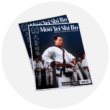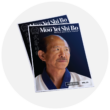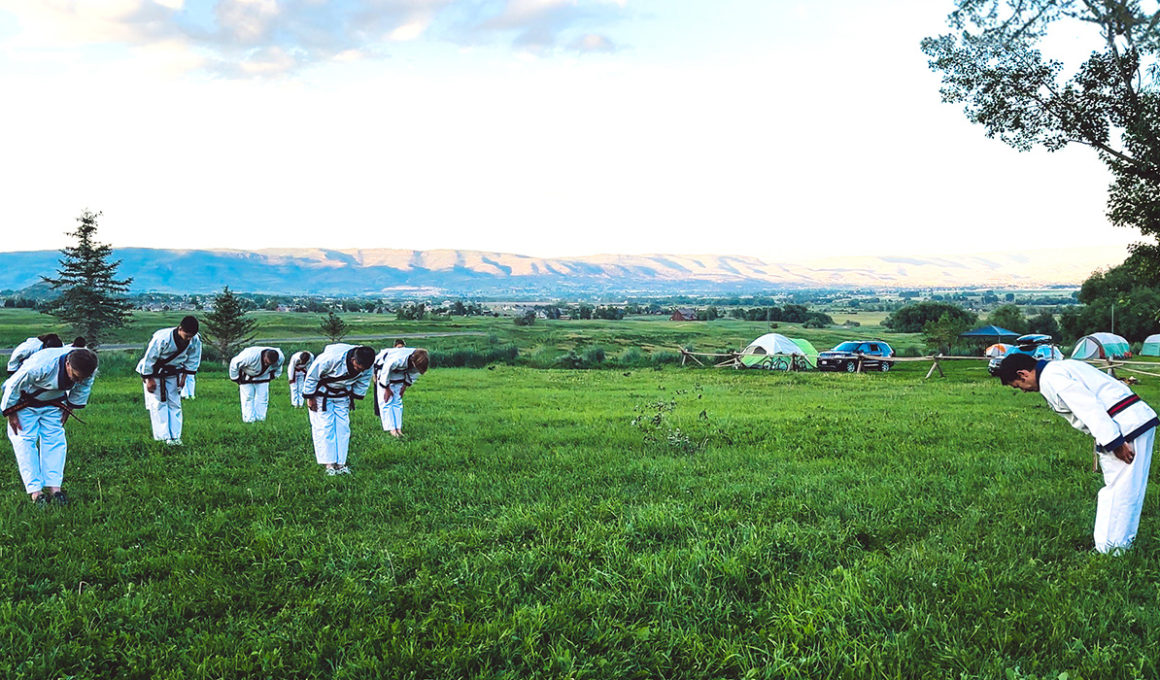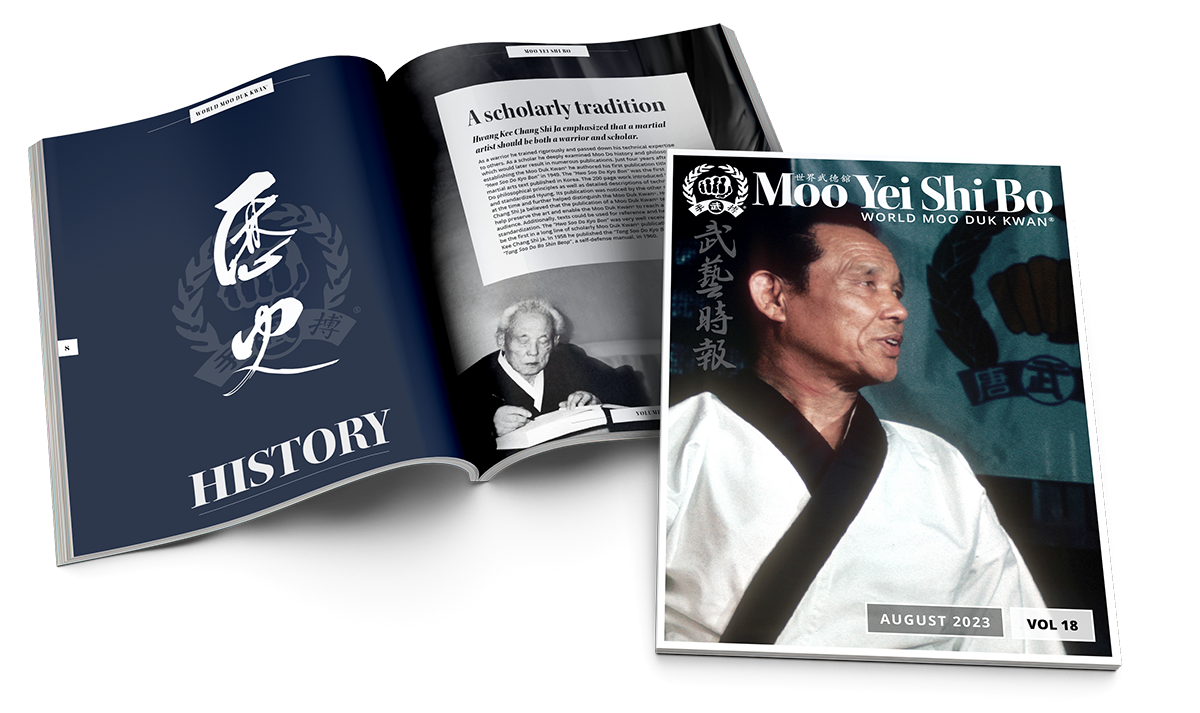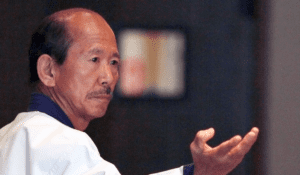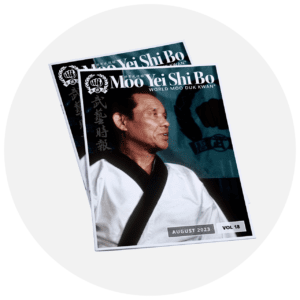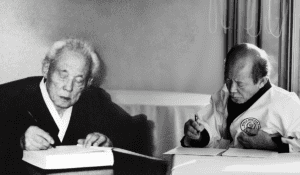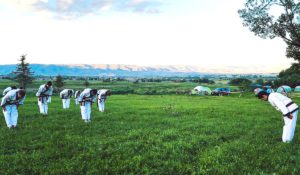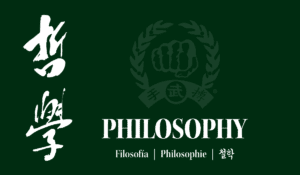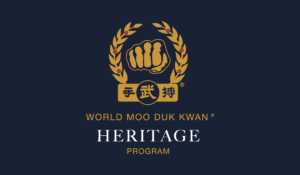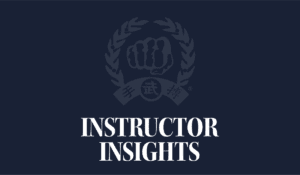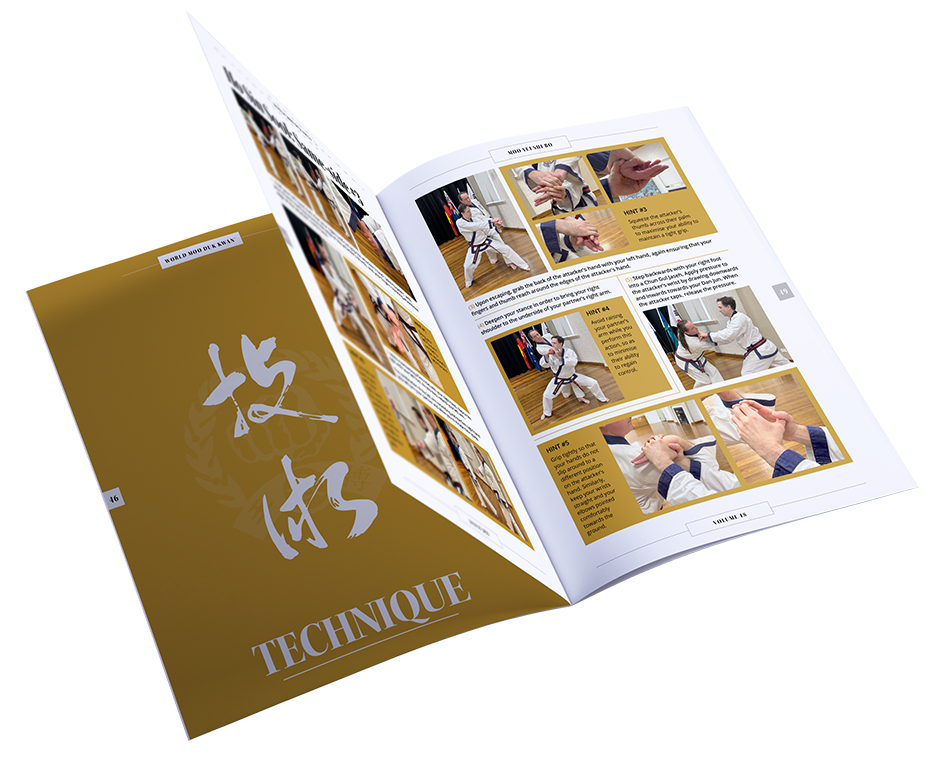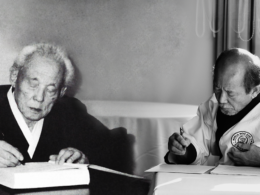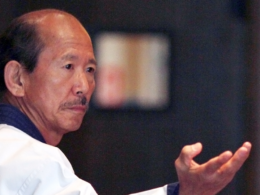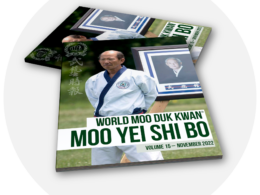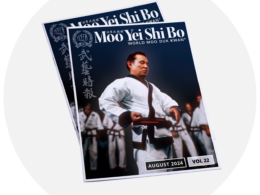I recently lost my last living grandparent, Amabel Corrales. She was 98 years old, a strong Christian woman from the San Ildefonso Pueblo in the southwestern part of the United States. In her later years, she would tell my children about how her and her daddy would “drive” up to their farm in the mountains by a horse-drawn cart. As a child, she would roll out tortillas over an outdoor open flame. This became a Corrales family tradition that she passed on to her children, her grandchildren, and now I am passing it on to her great grandchildren.
To others, it may seem a simple thing. You can buy tortillas in the grocery store for a few dollars after all. The full meaning and value behind this family tradition didn’t hit me until the day before my grandmother’s funeral when my aunt made dinner: beans, pork chili verde, and homemade tortillas. My heart was overwhelmed with emotion at that moment as my thoughts went to my grandmother who showed me by example strong Christian virtues and the importance of hard work.
Simple, outward traditions can be tangible reminders (yu sang) of intangible virtues (mu sang). These traditions and virtues help define our character and unique identity. In many cultures, these traditions often take the form of clothing, song, dance, and other rituals.
In the Moo Duk Kwan®, we have a unique identity and culture, partly defined by traditions that help cultivate our character as Moo Do In (martial way person). For example, the midnight blue trim on our do bok has historical significance, pointing to the Kokoryo Dynasty of Korea. This unique training uniform differentiates ourselves from martial artists of other styles. We value history and our Korean roots. After World War II, there were five original Kwans (or martial arts schools). Hwang Kee’s Moo Duk Kwan® was the only school where the majority of the kwan founder’s Moo Do education was inside of Korea. Our do bok reflects our Korean heritage. Next time you wear the do bok, pause for a moment. I hope you will feel a sense of pride to be connected to history and identifying as Moo Duk Kwan®.
Similarly, the dan belt is midnight blue, rather than black. This is an outward tradition (yu sang) that points to various virtues (mu sang), including kyum son (humility). As Moo Duk Kwan® stylists, we know that achieving the rank of Cho Dan (first degree midnight blue belt) is when the real training begins. Many who have not experienced our Art are under the false impression that achieving Cho Dan signifies being an expert, having “made it”. This couldn’t be further from the truth. Cho Dan actually means “beginning level.” Regardless of rank, age, or expertise, each Moo Duk Kwan® practitioner has an instructor of record, demonstrating how each of us are lifelong learners of the Art. Think about that the next time you wrap your midnight blue belt around your waist!
I’ll mention just one more of our unique traditions: the bow. You’ll find the bow in most martial arts traditions, but the Moo Duk Kwan® bow is unique. I can recall a number of times when a new student came to the dojang and I noticed their bow appears different than the rest. Upon closer inspection, the only difference is their eyes are looking up, rather than looking down. When I ask adults why they are looking up, many will respond by reciting Bruce Lee from Enter the Dragon: “Never take your eyes off your opponent.”
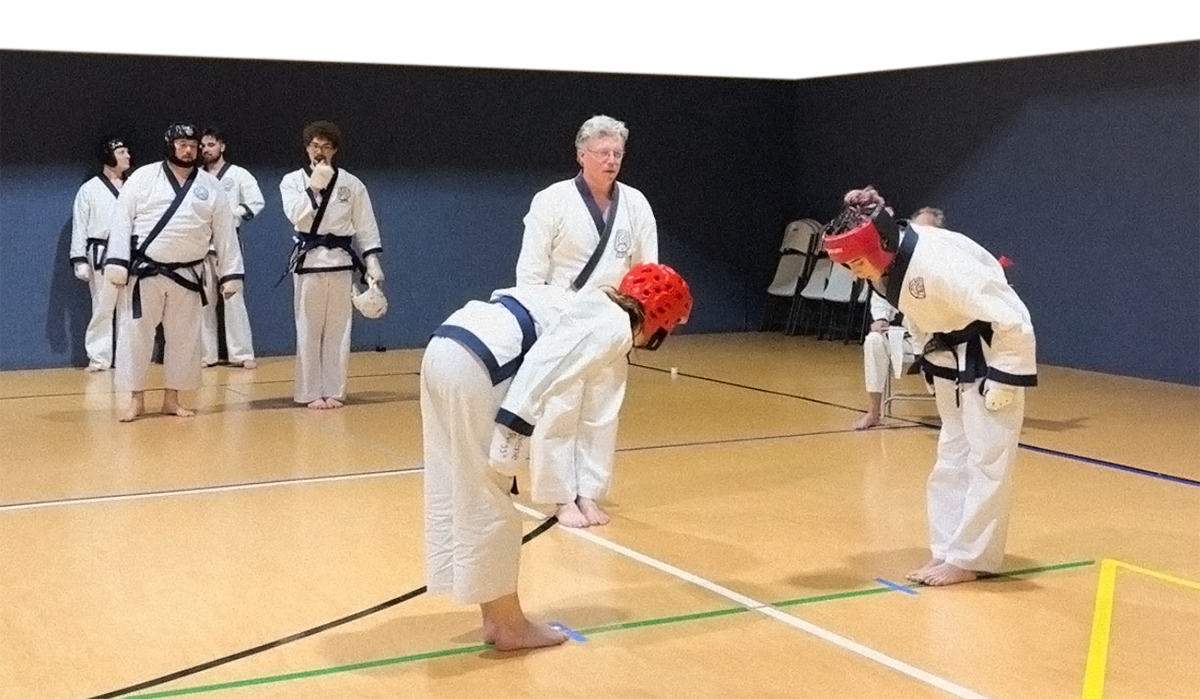
In the Moo Duk Kwan®, the bow is a sincere demonstration (yu sang) of courtesy and mutual respect (mu sang) between the past and the future. Student and instructor or junior and senior bow together to show gratitude towards each other as teacher and learner. Having your eyes to the ground, shows trust and humility, which would then show a deeper sincerity in action. Can you see how the physical action of a bow is a symbol for many of our moo duk (martial virtues)?
The symbolism goes deeper than that. The Art is not about any one individual or even collectively all of us. The Art is multi-generational. When an instructor bows to their students, they are bowing to the future of the Art—even generations not yet born. As students bow to their instructor, they honor the past—all previous generations back to founder Hwang Kee.
The linking of generations creates permanence and I propose that “traditions” are the links that bind each generation to one another, which allows us to maintain our unique identity. The Moo Duk Kwan® system of martial arts and its accompanying Five Moo Do Values are something to be valued, something that can live on beyond any of us and any of our students…if we maintain our culture and identity by maintaining our traditions and teaching the underlying virtues.
As I’ve participated in the Heritage Program, I’ve trained with students of former Moo Duk Kwan® instructors who are hungry to learn more about their roots, the meaning behind traditions, or the traditions themselves. They seek to understand their moo do identity. In a single generation, the Art can be lost. We as Moo Duk Kwan® instructors have a responsibility to carry the Art to each new generation.
Just as I commit to pass down my grandmother’s traditions and values, I urge each of us to honor our traditions and teach them to your students by example. If we do this, the Art will continue to live on through us for many generations to come.
Brian Corrales, Sa Bom | UNITED STATES

